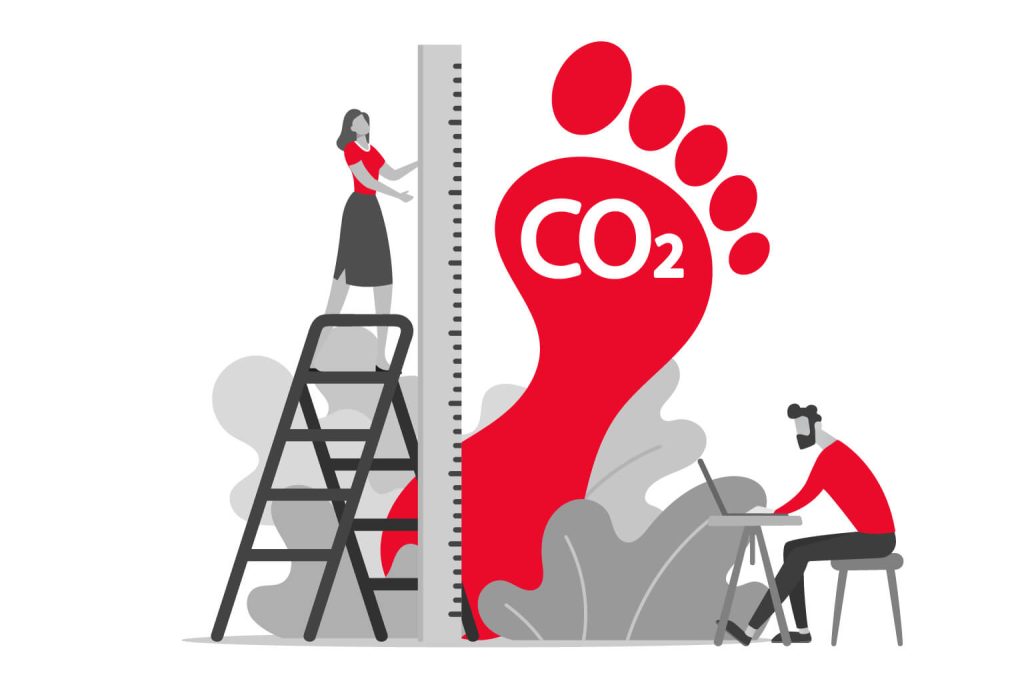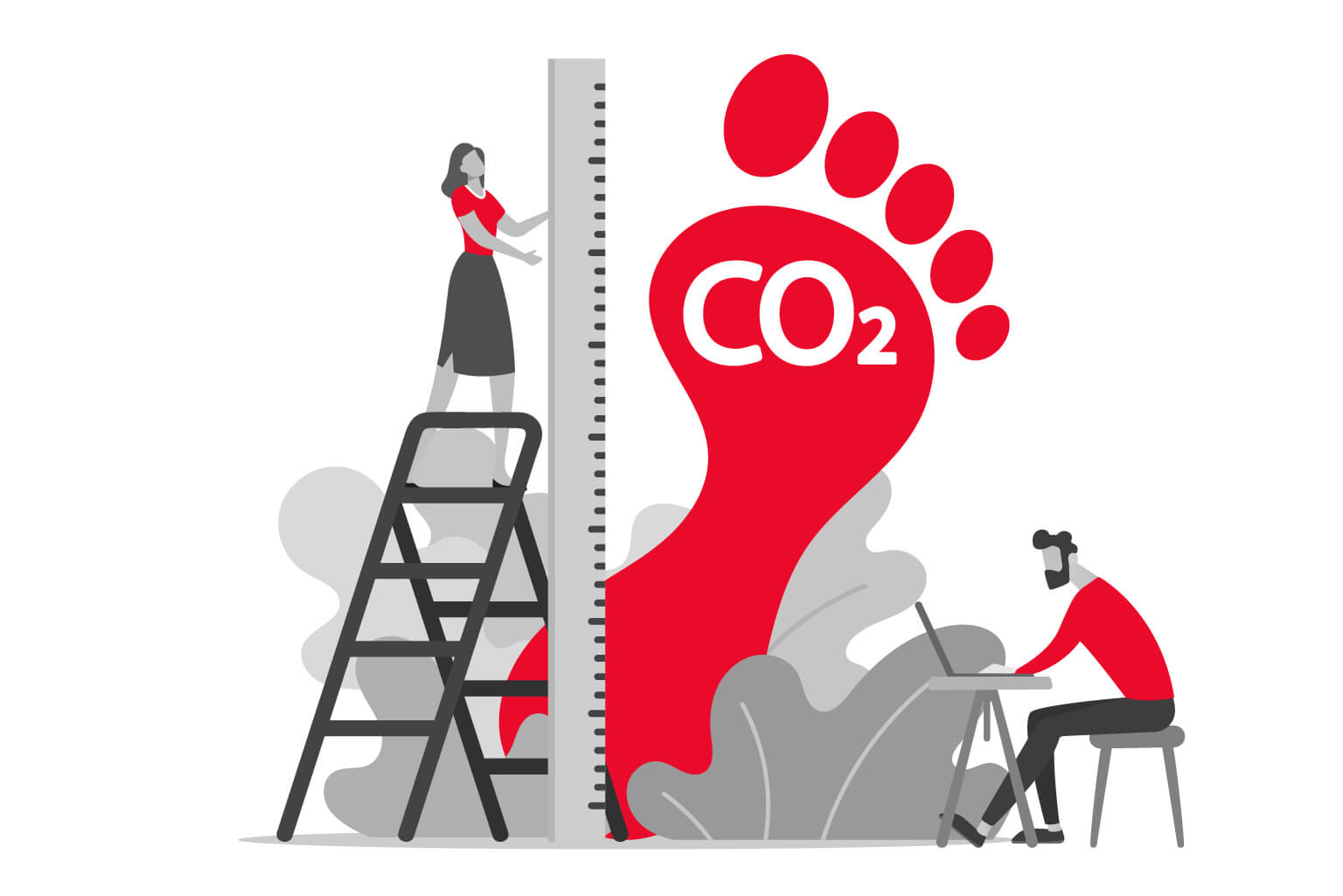
Software Solutions for Reducing Carbon Footprints
Table of Contents
With the increasingly urgent need to reduce our carbon footprint, it is more important than ever to find effective ways to do so. Greentech software solutions offer a wide range of tools that can help businesses and individuals alike in their goal of achieving sustainability. By using these software solutions, it is possible to reduce energy consumption, track emissions and usage metrics, as well as optimize operations and processes. From monitoring electricity usage to green accounting systems and beyond, there are numerous greentech software options available in the market that could make a real difference when it comes to minimizing carbon footprints.
This blog post will explore the different types of greentech software solutions available for reducing carbon footprints, as well as their advantages and best practices for implementation. We’ll look at how people can benefit from these tools, such as from cost savings on energy bills or increased efficiency in operations. In addition, we’ll discuss what some of the current options available are and how they can be used to make a positive impact on the environment.
Introduction to Software Solutions for Reducing Carbon Footprints
Software solutions for reducing carbon footprints are becoming increasingly popular as businesses and individuals look to decrease their environmental impact. These solutions include energy management systems that monitor electricity usage, green accounting software that tracks a company’s emissions, and carbon offsetting tools that compensate for emissions through forest conservation or renewable energy projects. By utilizing these software solutions, businesses can effectively manage their emissions and create more sustainable operations. Additionally, individuals can use these tools to monitor their own carbon footprint and work towards living a more eco-friendly lifestyle. The benefits of using these software solutions include cost savings from improved efficiency, enhanced sustainability through reduced consumption, and better data management for tracking progress and results.
Benefits of Utilizing Greentech Software Solutions
Utilizing green tech software solutions can bring many benefits to businesses and communities alike. Companies can benefit from the reduction of energy and resource use, resulting in a lower operating cost over time. Furthermore, going green is increasingly becoming an important factor for consumers when making purchasing decisions, which is an opportunity to build customer loyalty while reducing their environmental impact. With greentech software solutions, companies can have access to data and resources that help them identify potential improvements to their operations that are more sustainable and efficient. Additionally, as more people become aware of the effects of climate change, utilizing green tech solutions helps businesses demonstrate their commitment to mitigating these effects. This not only increases consumer trust but also provides an opportunity for greater collaboration with other organizations in environmentally friendly initiatives.
Types of Software Solutions Available to Reduce Carbon Footprints
Software solutions are becoming increasingly popular tools for reducing an organization’s carbon footprint. These solutions range from scenario-based modeling and forecasting, to emissions tracking and reporting, to financial analysis and optimization of emissions-reduction investments. Scenario-based modeling helps organizations better understand the most effective ways to reduce their carbon footprints by simulating the impact of various strategies on emissions. Emissions tracking software makes it easier for organizations to measure, monitor, and report on their progress in achieving emissions targets. Meanwhile, financial and optimization software can help businesses identify cost-effective methods of investing in emissions reduction projects. All together, these software solutions offer a comprehensive approach to helping organizations meet their sustainability goals and reduce their environmental impacts.
Best Practices for Implementing Greentech Software Solutions
Best practices for implementing greentech software solutions include a comprehensive approach to data management and analysis. This includes ensuring the accuracy of data sources, establishing an appropriate data governance structure, and developing an analytics strategy to identify key carbon emission drivers. Additionally, organizations should also ensure that their analytic models are well-tested and regularly maintained to ensure accuracy of results. To maximize the effectiveness of their greentech software solutions, it is essential that organizations have both the technical and human capacity to effectively manage large datasets, develop insights from analytics and translate those findings into informed policy decisions. Furthermore, companies should leverage automation technologies such as machine learning to eliminate manual labor associated with data collection and analysis. Finally, organizations must continually monitor the development of their emissions reduction initiatives in order to track progress over time and identify potential areas for improvement.
You may like to read:
Agritech: Driving the future of agriculture with innovative technologies
Carbon Footprint Calculator – 6 Apps that Help You to Reduce Your CO2 Emissions
Carbon neutral cars – what’s new in the automotive industry?
Carbon neutral companies – who actively helps the environment?
Digitalizing Wind Energy: How to Capture Data from Wind?
Smart City – How to Improve the Urban Quality of Life in a Smart Way?
How does greentech help our environment?

